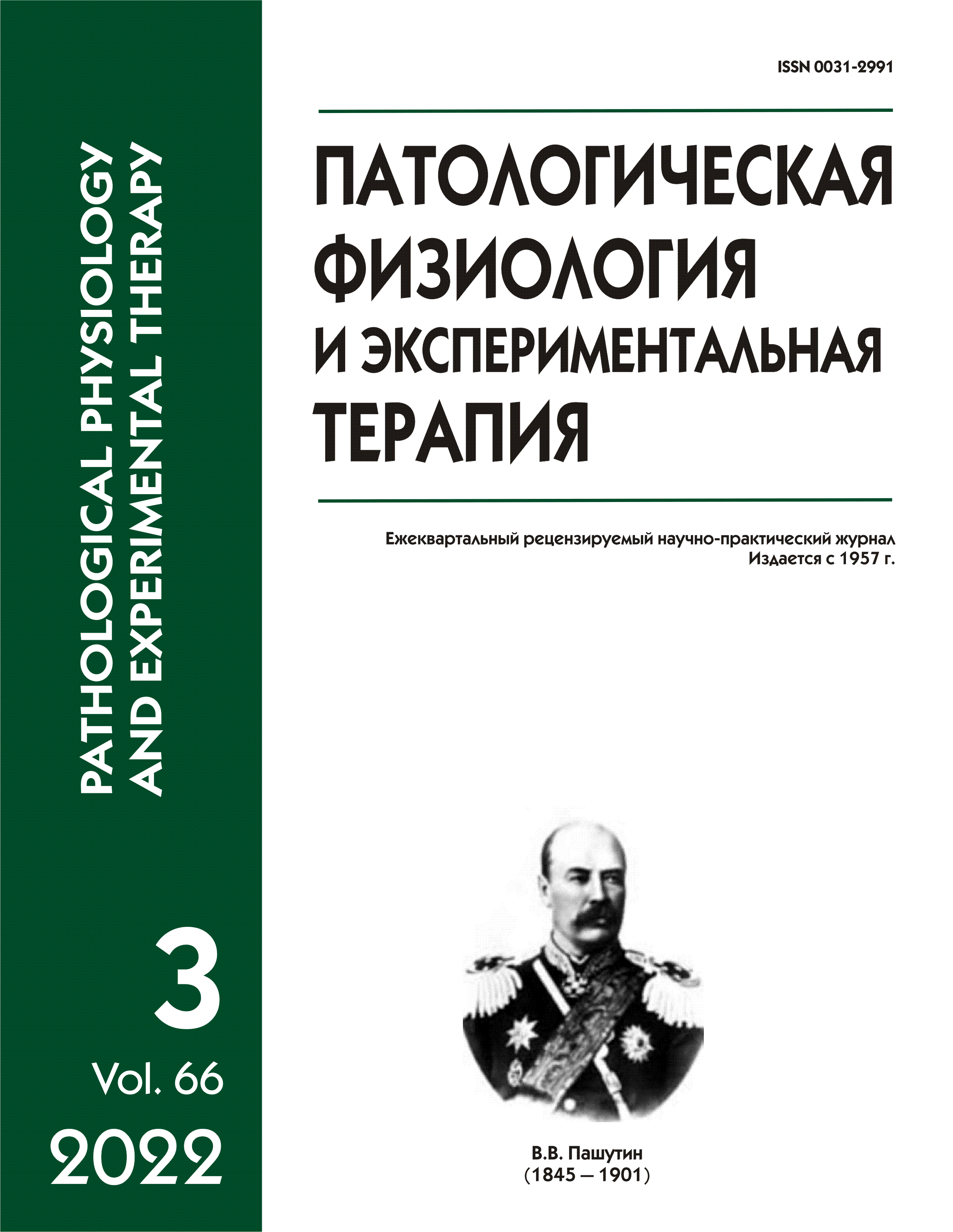Effect of gel with tannic acid-loaded microcapsules on the development of systemic manifestations of endothelial dysfunction in white rats with experimental periodontitis
Abstract
Inflammatory periodontal diseases have a negative impact not only on the oral cavity, but also on the whole body by contributing to progression of numerous pathological processes, including cardiovascular diseases. The major pathophysiological connections of local manifestations of periodontitis with various somatic diseases are the systemic inflammatory response and endothelial dysfunction. This determines the relevance of studying new methods of periodontal therapy. The aim of this work was to evaluate the development of systemic manifestations of endothelial dysfunction by changes in blood concentrations of its markers during the treatment of experimental periodontitis with a gel containing alginate microcapsules with silver nanoparticles loaded with tannic acid (TA). Methods. The work was performed on 70 white rats divided into the following groups: control group (10 intact rats); comparison group (20 rats with experimental periodontitis), and two experimental groups (20 rats each, with periodontitis treated with applications of gel containing silver alginate capsules without and with tannic acid). Blood concentrations of endothelin-1, sE-selectin, VEGF, ADMA, and syndecan-1 were measured. Results. The application of gel containing alginate microcapsules of silver in the short term did not cause significant changes in the concentrations of markers of alterations and endothelial dysfunction, except for a decrease in syndecan 1. Loading TA into the microcapsules allows increasing the gel effectiveness in correction of endothelial dysfunction and achieving a decrease not only in syndecan 1, but also in sE-selectin and endothelin-1 in rats with periodontitis at week 3 of the experiment. Conclusion. The prolonged release of tannic acid provided by a system of alginate capsules with silver nanoparticles suspended in a gel reduces the severity of systemic manifestations of endothelial dysfunction in experimental periodontitis. The results of this study open new prospects for modernization of the periodontal treatment by using therapeutic effects of tannins.






